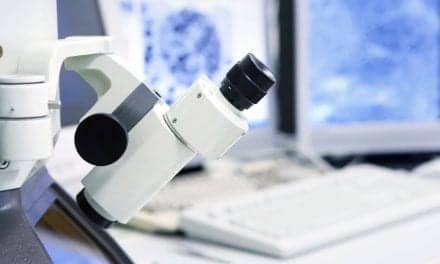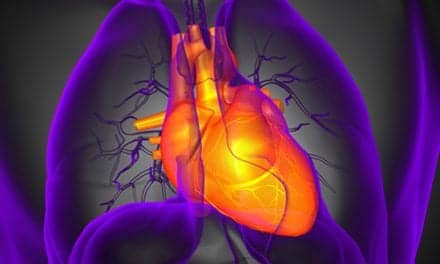A study using optical coherence tomography found a greater number of lung artery side branches in scleroderma patients with pulmonary arterial hypertension (PAH) who responded well to treatment than those who responded poorly.
Optical coherence tomography is an imaging method used during right heart catheterization — the procedure used to diagnose PAH and other forms of high blood pressure in the lungs. The tool allows physicians to image very small vessels — smaller than 2 mm (0.08 inches) — from the inside.
Another study finding was that a surprisingly large number of patients had lung artery blood clots, suggesting that this type of imaging could help identify patients who need anticoagulant treatment.










